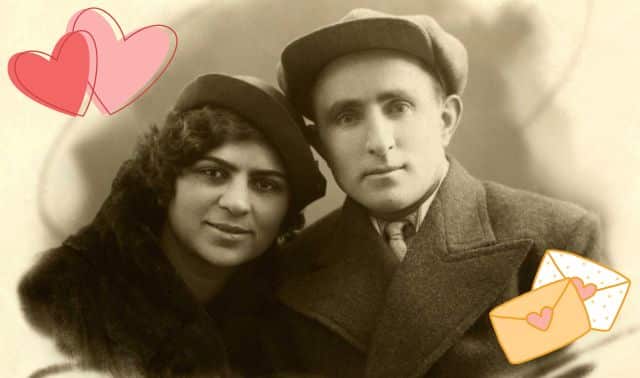Sign up for the Family Tree Newsletter Plus, you’ll receive our 10 Essential Genealogy Research Forms PDF as a special thank you!
Get Your Free Genealogy Forms
"*" indicates required fields
So you want to create a book of your family’s history, but the notion of compiling your boxfuls of research—and actually writing the story—overwhelms you. Well, who says you have to create the traditional genealogical opus? For a more manageable—and still meaningful—project, try one of these five ideas.
These are the kind of books you’ll find at the genealogy library—the ones that trace a single surname through as many generations as the author has researched. Although preparing a surname book might seem daunting to some (including me), the good news is you can do it without having “completed” your research. For example, if you’ve only researched a few generations, publish what you’ve found, but also include scans of wills, birth certificates, death certificates, census records, deeds, letters and ancestral images. A surname book ensures that the research you’ve finished will be preserved.
I seem to be my family’s keeper of digital images, particularly those pictures of family mementos: Grandma’s hankies and wedding dress, Dad’s Purple Heart, Mom’s Irish teacup and a handmade
Valentine Grandpa sent Grandma before they were married. I’ve also started buying early postcards of places my family lived (many postcards are available on eBay for about $5 to $7). It doesn’t get much easier than scanning or photographing those items and culling them into a picture book. Opposite each keepsake image, you can include a paragraph about the item, including who owned it and what it means to you. Relatives will love to leaf through the book and reminisce. Plus, it gives the keepers of family heirlooms a way to share those beloved objects with the entire family.
Over the years, I’ve had the opportunity to take hundreds of tombstone photos not only of my own family’s burial plots, but also as a service for other researchers who live far away from my town. In fact, a cemetery book is my current project. I’m including tombstone images, along with information I’ve found about each ancestor whose stone I photographed. Each description comprises a brief bio, vital statistics, the tombstone inscription, a map and directions to the cemetery (with GPS coordinates if I have them). In several instances, I’ve also managed to track down obituaries and cemetery histories.
My aunt Helen is the oldest living “family memory”: When I visit her in Kansas, we spend evenings talking about the past. How I love her stories of the hollyhocks that lined her grandmother’s walk, and her grandfather’s tales of prairie fires and Indian raids during his youth. Wouldn’t it be fabulous to publish a book of your family members’ recollections? Memories might include a special family reunion, the birth of a first grandchild, a journey to an ancestral home, or just little tidbits that bring the past alive: “We could hear Grandma snoring all the way down the street!”
Back in the day, when my family returned from a trip we’d invite everyone over for an evening of home movies. Today, you can capture those experiences—both words and pictures—for posterity in a “genealogy journeys” book. On one of my own trips, I took photos of Great-great-grandma’s house, the family farm where my dad was born and several cemeteries. I also visited local museums to learn more about the community’s history. Your book could contain images, details of where you traveled and what you found, maps of your trip and addresses of the old courthouse where the records were kept. Who knows? Maybe a hundred years from now, one of your descendants will want to retrace your steps.
ADVERTISEMENT




